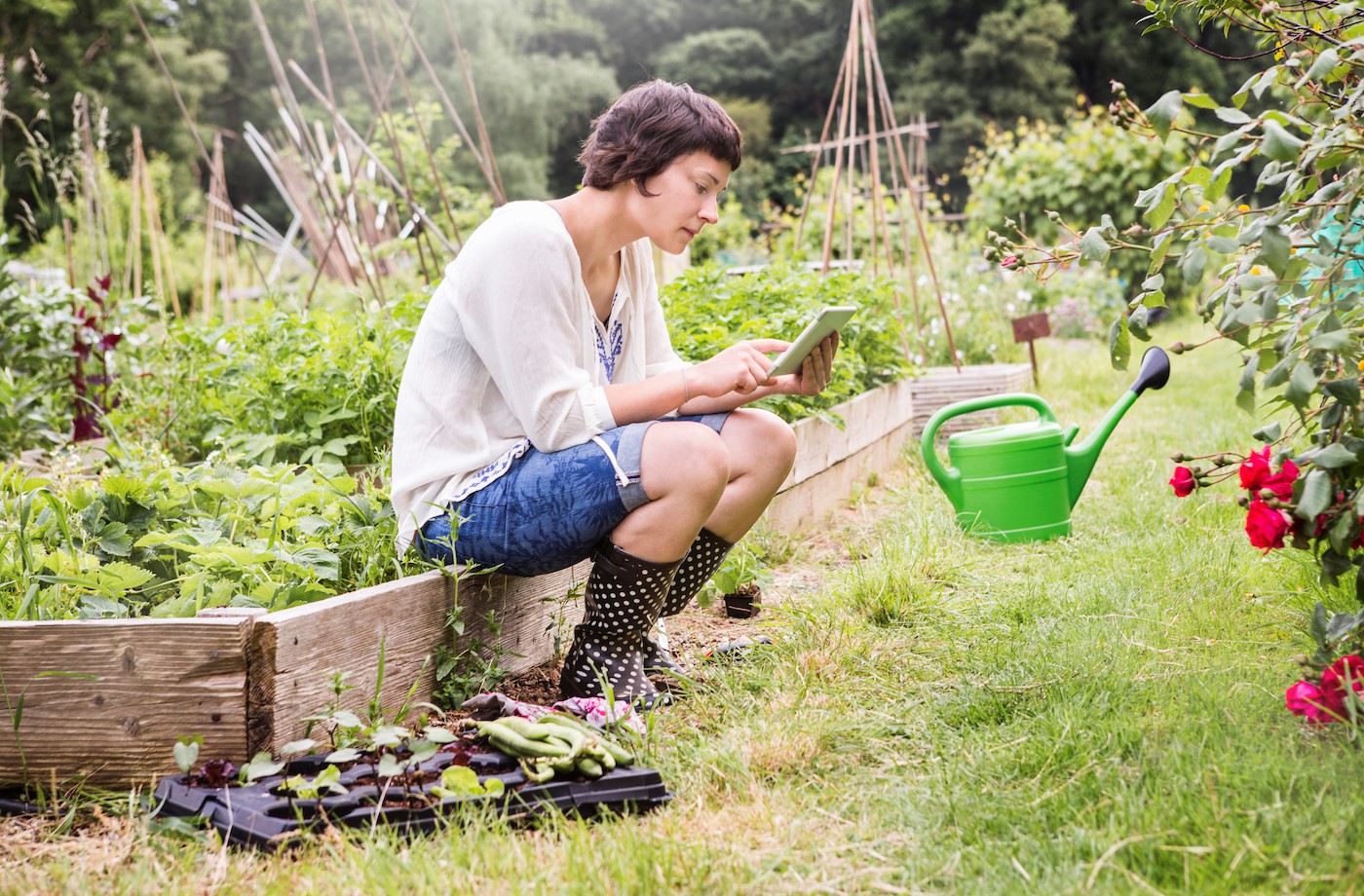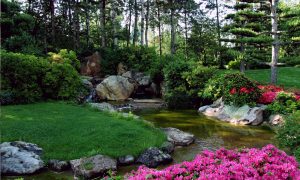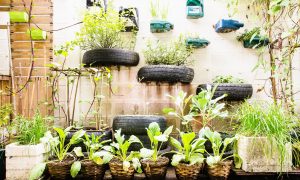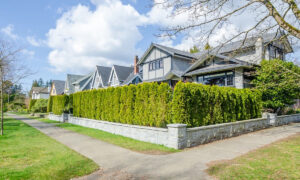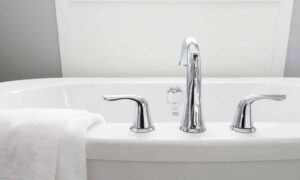It doesn’t matter whether you are an experienced gardener or just a beginner; the process of growing healthy seedlings remains the same. During this article’s entirety, I will be discussing everything needed to start a garden and a healthy plant’s needs.
There is a lot more about gardening you have to know, but first things first, let’s take a look at the materials needed to grow a healthy seedling.
A Pot
Before anything, you need a pot or a convenient container for your seeds to begin the process. You must pick out a fitting container size for your sow. If you are not replanting, and you’re starting with a seed, the best thing to do is, to begin with, a smaller container, then, later on, transfer to a more convenient size.
It is worth mentioning that seedlings would later develop long roots underground. So, make sure you opt for a deep enough pot to hold the base of it. Also, ensure that your pot is wide enough to secure the outer leaves of your sow. Holes underneath the container are necessary to allow drainage, i.e., water to go out of the soil.
Soil
For your seeds to grow healthy, it needs quality soil that has the proper amount of nutrients. Most beginners feel that any kind of soil from the yard can do the trick, but professional gardeners know better. Yard dirt’s aren’t soil; they lack nutrients and are full of weed seeds.]
To get quality soil, we suggest you shop a potting mix, available in several garden centers. They are also called miracle soil, and they are great for growing healthy seedlings.
A potting mix is a very reliable method for growing plants in containers. They contain the right ingredients such as peat moss, vermiculite, sand, and many more to provide seedlings with the proper nutrients. There are useful suggestions on this link https://www.wikihow.com/Choose-Plant-Soil about choosing the right soil for your plant.
Water
Water is most essential to growing a healthy plant. If you are a beginner, you have to understand the water requirement of your blooms to avoid damaging them. They do need water to grow and stay healthy, but too much of it can kill them.
Water is highly essential at the beginning stages of your blooms. For this reason, you need to check the soil consistently so as it doesn’t dry out. Add water to the ground when it is dry, and when it is damp, it means the water is enough.
The pot should be able to hold water for a few days; still, you should check your blooms every day to be sure.
Fertilizers
Experienced gardeners recommend the use of fertilizers on seedlings once they are at the growing stages. Fertilizers do no matter as much once you have the proper soil, or more so have purchased a potting soil mix.
If there is the need to fertilize your seedlings, no problem, it’s all for your sow’s betterment. Still, you have to understand that some crops do not need fertilizers as much; they only need it occasionally. In comparison, some need to be fertilized frequently to grow. So, you must seek the advice of the seed provider at your garden center to find out your purchase requirements before even beginning the process of planting.
As a gardener, there is specific equipment you need to start your growing process. Make sure you have a shovel or spade, a hand trowel, gardening gloves, watering can or hose, to make the process run smoothly without any hassle.
Needs of a Healthy Plant
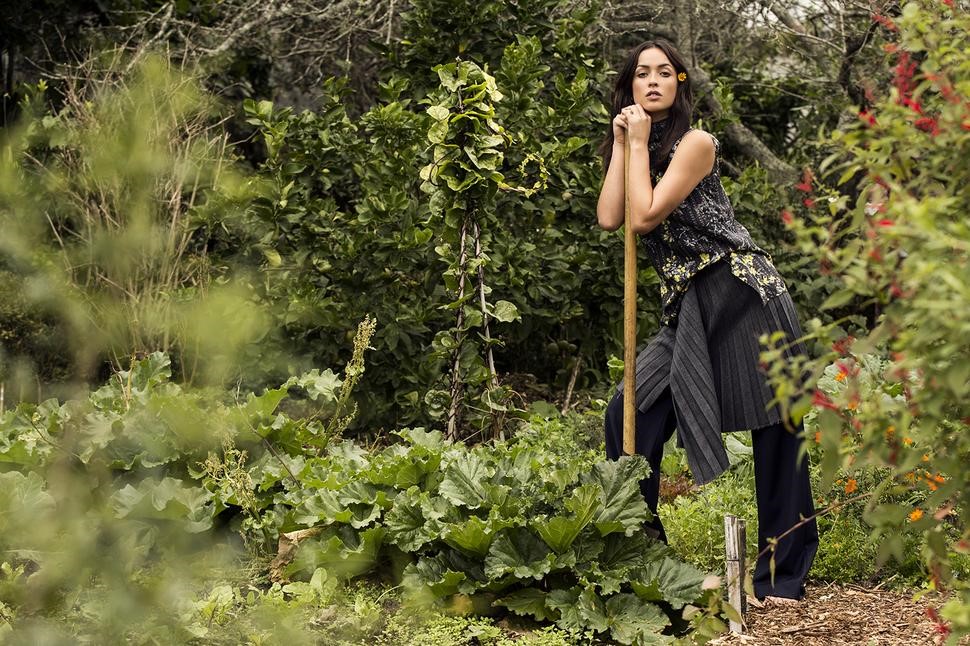
Now that we’ve discussed the essential materials needed to grow a plant let’s quickly run through a healthy plant’s needs.
· Light
The lights obtained from the sun is more than enough to allow for proper growth. However, some people have indoor nurseries, and for this reason, use artificial lights. Lights are essential for your blooms. They use the energy obtained from the light to form glucose, which provides power to them.
If you have a garden that is starved of light, the plants will grow at a very slow pace. On the other hand, if the yard is exposed to too much light, it can cause the soil to dry out quickly, losing the required nutrients for healthy growth.
Note that different plants require different lightings. Some might require bright light to flourish, while others might need dimmer lights to thrive.
· Air
Air is one of the essential requirements for seedlings to thrive. Air contains several gases that help your blooms. Gases like oxygen, nitrogen, carbon dioxide are necessary for a healthy seedling.
Plants take up oxygen from the air in other for them to respire. Respiration is vital for seedlings to blossom. Without oxygen, your crops will wither and die. So, make sure your gardens have natural air.
· Nutrients
Nutrients are ingredients that nourish your seedlings. Nitrogen and potassium are vital ingredients that seedlings need to blossom. Once nitrogen and potassium are present in your potting mix, your seedlings’ roots absorb them, allowing for faster growth.
Without the proper nutrients, your plants won’t grow healthy. For this reason, soil that is highly rich in nutrients is required. As discussed earlier, if there isn’t any rich soil present, you can opt for fertilizers. Fertilizers are great for providing seedlings with the nutrients needed for proper and healthy growth.
· Space
Proper space is required for your seedlings to thrive. Just as all living things, plants require space to blossom. Without a convenient distance, your seedlings won’t be able to spread and absorb the right amount and nutrients needed for blooming.
The leaves of your plants require space to access light. If you make the mistake of compacting your plants, they begin to compete for resources like air, nutrients, and water, and in turn, most will wither and die. So, it’s best to find a convenient space for your seedlings in order to equip your garden with healthy and well-nourished vegetation.
Final Note
There is a lot you will need to learn when starting off a backyard garden, and it may be best to invest in a few books and courses about how to plant fruits, flowers, and vegetables of your choice.


